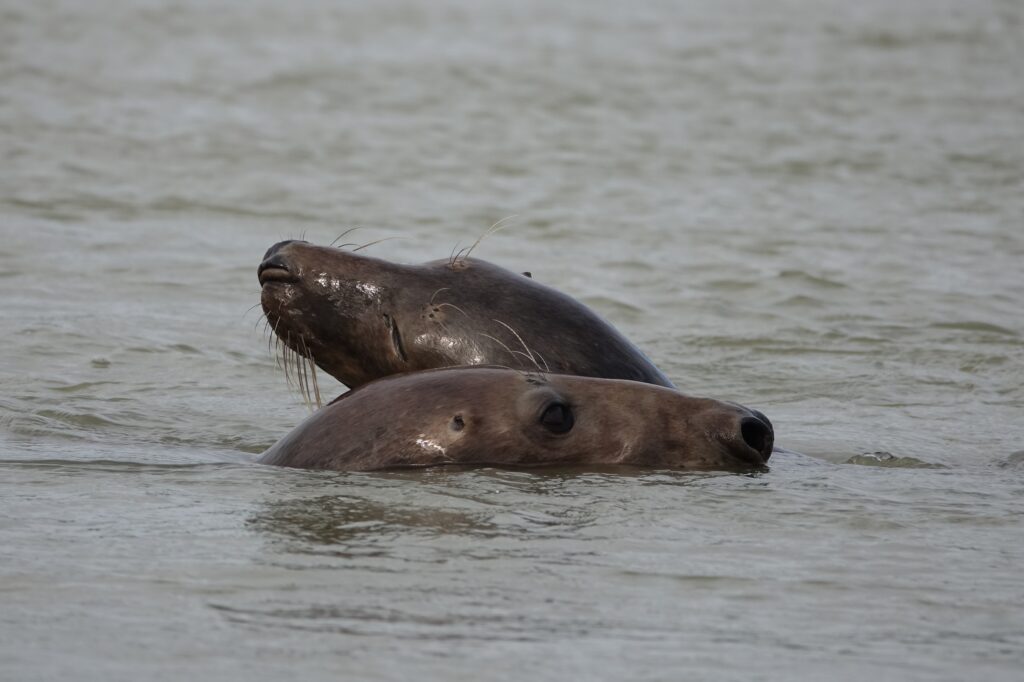A record of 6,031 grey seals were counted in the sea off the coast of Estonia in 2022, the highest figure since 1999 when comparable records began according to the same methodology in all Baltic Sea states.
In Estonia, the count is taken every year at around 20 haul-out spots of seals off both the west and north coast. The exact number of sites is decided separately for each year, as depending on coastal processes and water levels, some sites may be submerged and some new ones may emerge, the Estonian Environment Agency said in a statement.
Increases in the numbers of grey seals were detected primarily to the north of Hiiumaa Island, as well as to the west of the island of Saaremaa. In the Gulf of Riga and the Gulf of Finland, significant increases were registered on the island of Krassi and on the small islands of Malusi.
The results of this year’s monitoring, covering the entire Baltic Sea, are not yet known. Based on the data for last year, the upward trend continues on a broader scale. In 2020, more than 40,000 grey seals were counted in the Baltic Sea.
The largest mammal in the Baltic Sea
The grey seal is one of the two seal species inhabiting the seas off Estonia. It is the largest mammal species permanently inhabiting the Baltic Sea, with males weighing around 300 kilograms (660 lbs) and measuring up to three metres (10 feet) in length.
The seals are known to undertake long feeding trips and migrations that, according to telemetry data, can cover the entire Baltic Sea.

Therefore, the population of grey seals in the Baltic Sea is considered as a single population and is counted across the Baltic Sea over an agreed period of time. This year, the count was done from 25 May to 6 June.
Grey seals are counted during the spring moulting period, when much of the existing population is gathered at haul-out spots, Rauno Kalda, lead specialist in the organisation of national wildlife monitoring at the Environment Agency, said.
Human activity made the population decline
Seals use low-water areas, large rocks and unvegetated islands as haul-out spots. The animals gathered there are counted by means of photographing the area from the air. Due to the fact that there are always animals in the water at any given time, the counts cannot be taken as an absolute measure of the numbers of the species, Kalda said.
Basically, the counts are aimed at determining the minimal size of the population and the changes therein.
In the past, grey seals have inhabited a very wide area of the Baltic Sea. It is estimated that in the early 20th century, grey seals in the Baltic Sea numbered between 80,000 and 100,000. In the 1970s, largely due to the direct and indirect impact of human activity, the grey seal population declined to an estimated five to seven per cent of the earlier figure.
Protection measures and the reduction of environmental pollution have reversed the decline and, since 2015, grey seal hunting has been allowed in Estonia. The numbers of animals that can be hunted are set annually by the Estonian Environment Board. The quota for grey seal hunting is one per cent of the average number of specimens counted over the previous three years, which is 55 in 2022.

